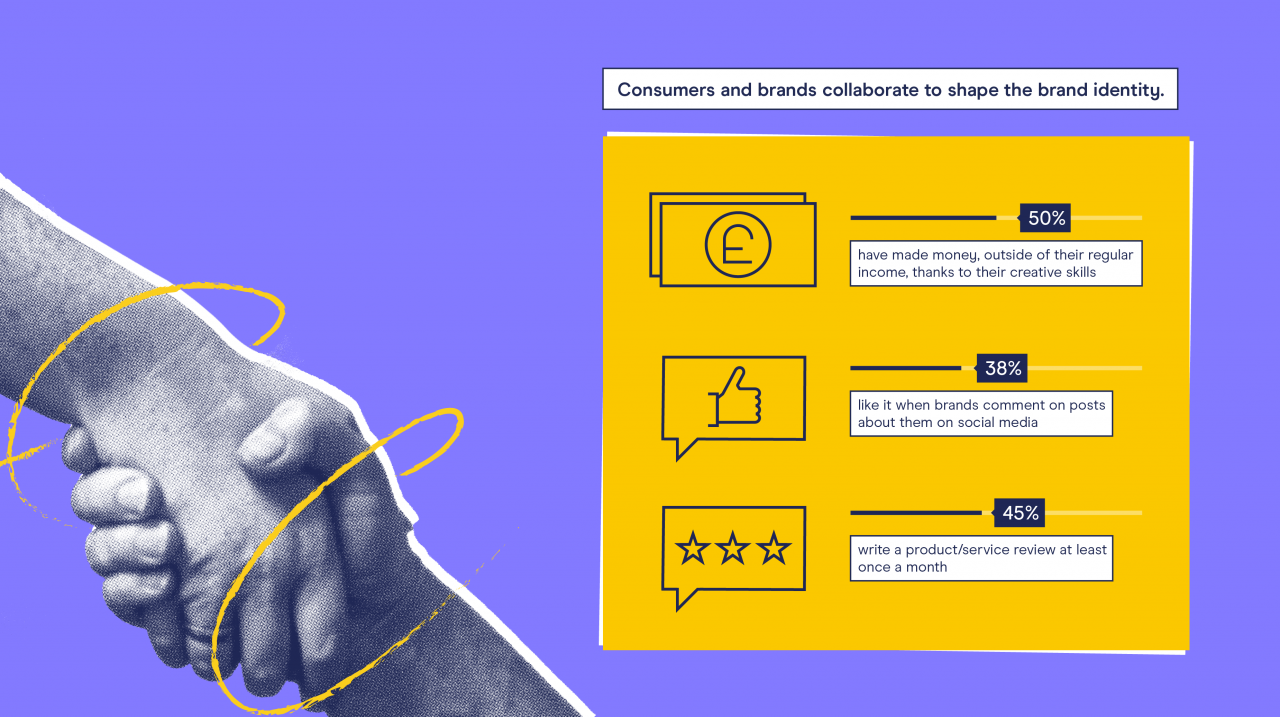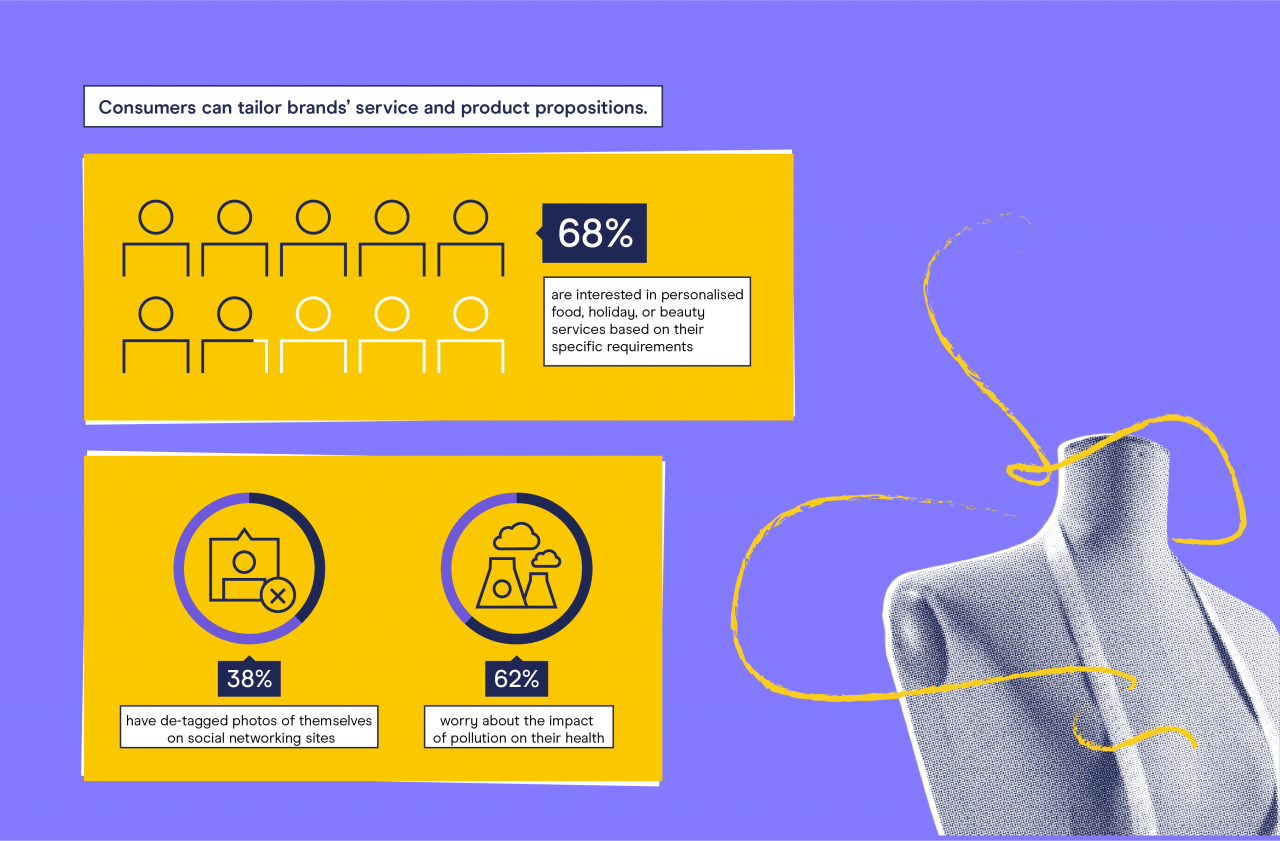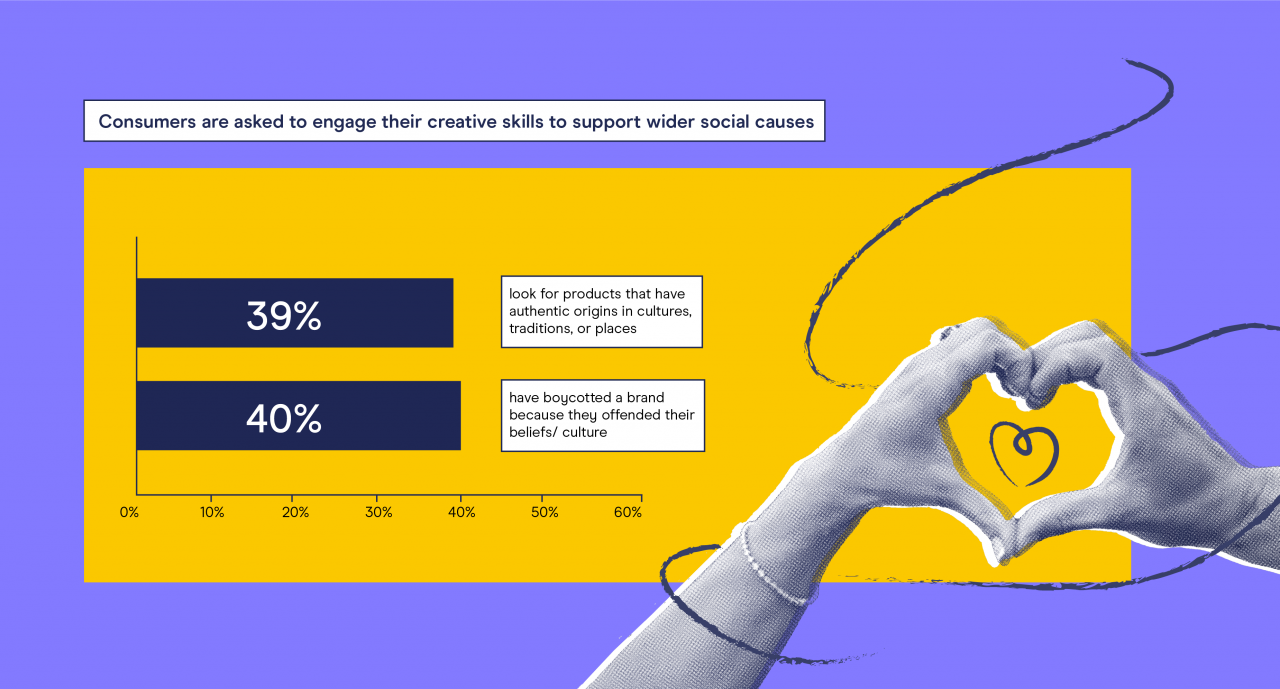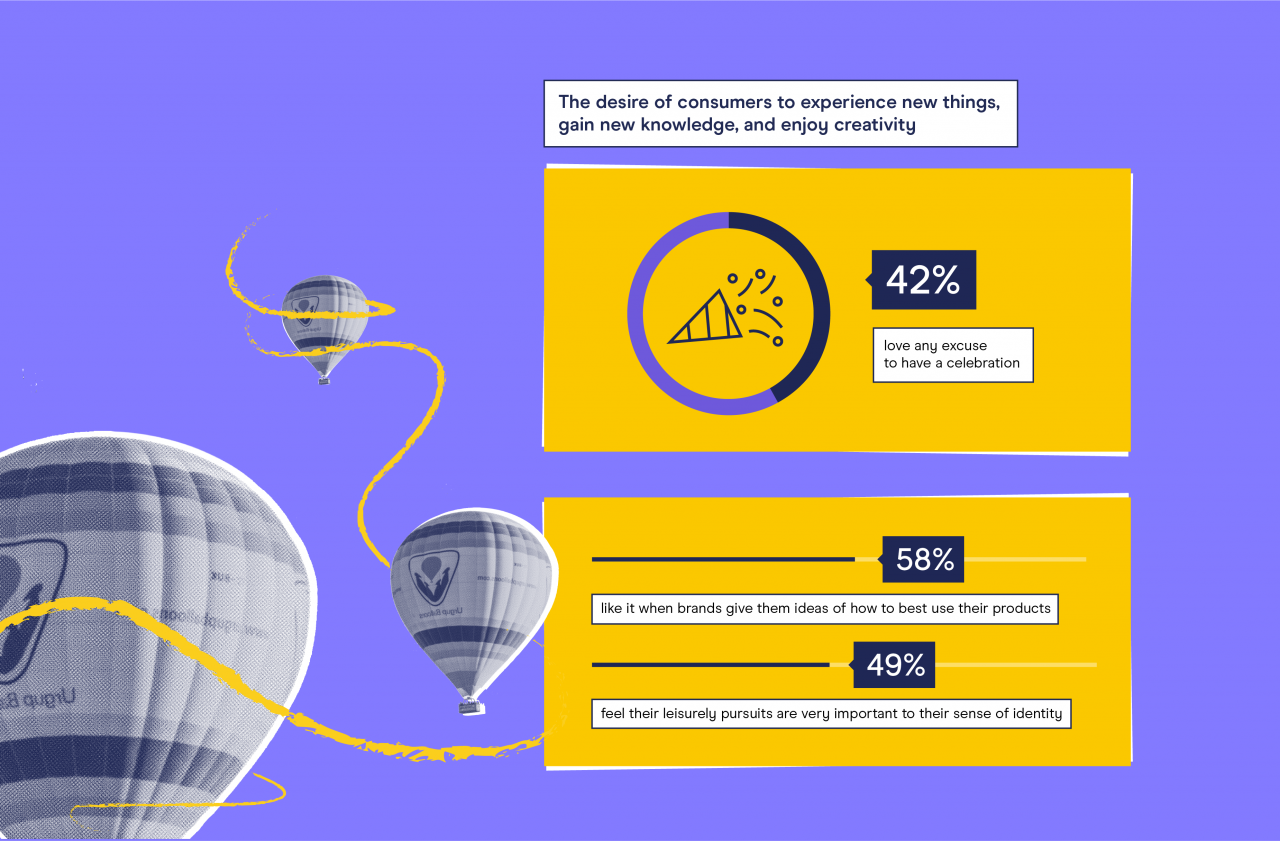DMA Insight: The Creative Opportunity
02 Sep 2020

Creativity is a powerful way for brands to interact and communicate with their customers, whether organisations are engaging with consumers who want to evolve their crafts and skills throughout the lockdown, or are moving to a post-pandemic engagement plan.
Over the last decade, consumers have stated they feel the need to be more creative. But what does creativity mean for them? Its definition has evolved significantly in just the last few years, and how they choose to fulfil their desire for it needs continuous reassessment to be truly understood.
To help brands understand creativity’s dynamic nature and how they can successfully engage this growing group, the DMA teamed up with Foresight Factory to look at key customer trends around creativity.
Creativity as self-expression
In 2019, half of British consumers (51%) felt the need to be more creative to ultimately fulfil themselves – a feeling stronger than the need of owning more things (27%), being involved in a community (31%), or the desire for more excitement (47%).
Creativity is clearly a key route to self-expression for many consumers.
Reaching out to creative customers
So, what should brands do when interacting with these consumers to bring their creativity to the next level?
Take a look at the four areas explored in our Pathways to Creativity 2020 report, which shows attitudes and behaviours are most clearly pronounced across the most creative people in the UK.
1. Collaboration
Consumers and brands collaborate to shape the brand identity.

Post-pandemic tip: stakeholdership
Brands will continue their efforts to engage consumers directly as stakeholders, trying to capitalise on any sense of shared purpose or ownership they have established with customers. This will assume many forms, like new brand-customer collaboration centres, customer board meetings, community ideation, and feedforward sessions.
Post-pandemic, we should also expect renewed interest in the so called ‘stakeholder capitalism,’ an approach that demands businesses be run for the benefit of multiple stakeholders – such as customers, employees, communities, and the natural environment.
2. Personalisation
Consumers can tailor brands’ service and product propositions.

Post-pandemic tip: ‘premiumise’
While tailoring interactions to the individual, the line between online and offline increasingly blurs. Facial recognition could bring up a digital record of customer preferences, allowing in-store staff to personalise the services they provide.
Making a premium offering means that brands can act as a partner with customers in the personalisation process, using customer service staff to guide consumer choice.
3. Authenticity
Consumers are asked to engage their creative skills to support wider social causes.

Post-pandemic tip: compassion
The coronavirus crisis has added fuel to the fire, creating both online and offline anger. Consumers are calling out to brands on what they perceive as an inadequate action from political leaders.
On the other hand, many consumers have developed a new, warm sense of local community. This feeling of purpose and meaning fostered by people’s creativity and compassion will find new outlets through voluntary work and community-focused activities.
4. Experience
The desire of consumers to experience new things, gain new knowledge, and enjoy creativity.

Post-pandemic tip: celebrate
The consumers’ need for experiences will remain as strong as ever, with the definition of ‘experience’ encompassing a more diverse range of events and activities.
Although some are choosing to postpone major events, not all big milestones are cancelled: many are celebrating with virtual events, revisiting old memories, or partying in smaller groups. Customers are putting their creativity in the game as Google searches for ‘virtual parties’.
New occasions are also emerging to give a boost to consumers’ mental and physical wellbeing, from virtual happy hours to #DressUpFriday.
Find out more about British consumers’ creativity and how brands can encompass it in their offering and communication strategies.
Ready to unleash your imagination, curiosity, and creativity? Explore our range of Copywriting and Creative courses.
Please login to comment.
Comments